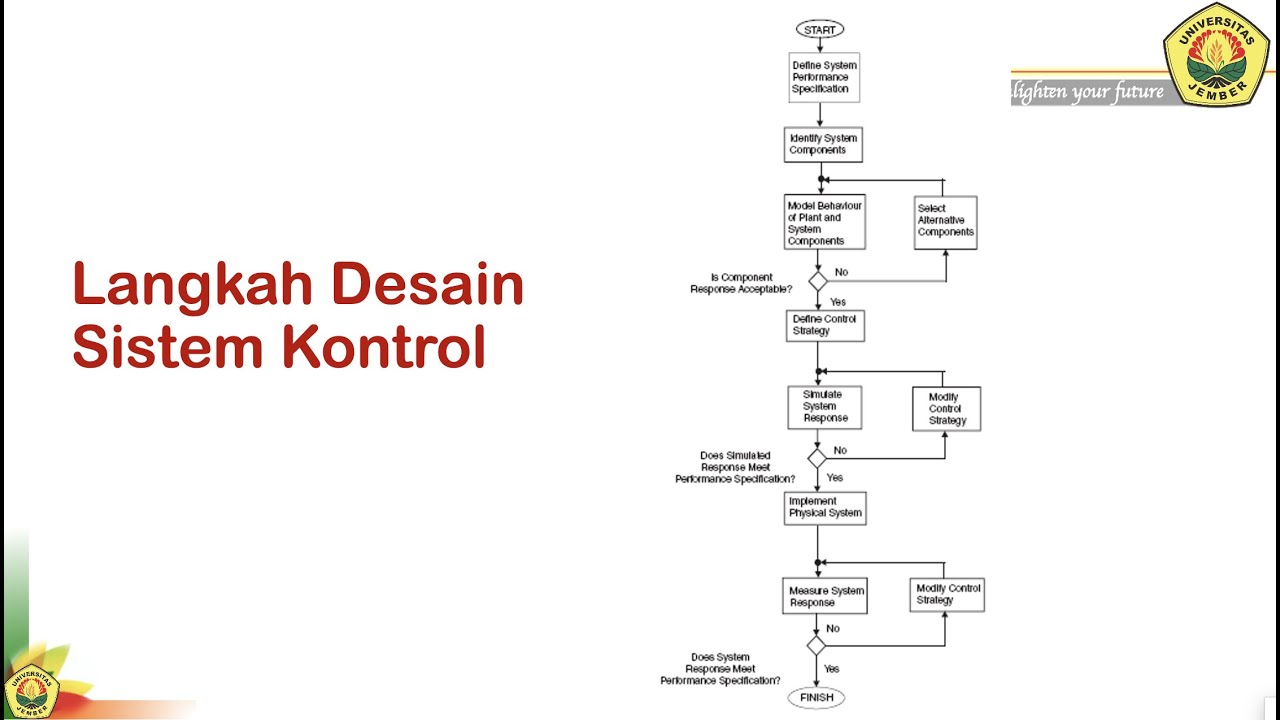System Design for Beginners to Experts – Complete Roadmap
Summary
TLDRThis video provides a comprehensive guide to approaching system design effectively. It breaks down the process step-by-step, starting from understanding requirements, performing high-level estimations, designing data models, planning APIs, identifying components, creating high-level architecture, and finally moving to low-level design. The speaker also shares valuable resources for learning, including his YouTube channel with weekly deep-dive videos, the foundational book 'Designing Data-Intensive Applications,' and blogs from leading tech companies. Viewers are encouraged to engage by suggesting topics for future videos, making the learning experience interactive and tailored to their needs.
Takeaways
- 😀 Understanding distributed systems is crucial for building scalable applications, as it involves managing multiple machines and servers to handle large amounts of data.
- 😀 System design can be broken down into two primary concepts: **distributed processing** (handling data) and **distributed storage** (storing data).
- 😀 Scalability is key in system design. Systems should be able to scale both vertically (upgrading hardware) and horizontally (adding more machines).
- 😀 Modern systems favor **horizontal scalability** as it allows for limitless expansion by adding more hardware, unlike vertical scaling, which has limits.
- 😀 Consistency, availability, and reliability are core principles in system design. Systems must ensure data consistency, availability of services, and reliability even in failure scenarios.
- 😀 Replication and sharding help scale databases by distributing data across multiple servers and improving system performance.
- 😀 Caching frequently accessed data reduces load on databases and APIs, improving system efficiency and speed.
- 😀 Understanding system components like **API servers**, **load balancers**, **API gateways**, and **CDNs** is essential for building robust architectures.
- 😀 API servers are essential for handling backend processes, and they should be designed with scalability and security in mind.
- 😀 To prepare for system design interviews, it’s important to break down the problem into functional and non-functional requirements, followed by high-level estimations and data modeling.
- 😀 A strong foundation in system design principles, as well as continuous learning through resources like books (*Designing Data-Intensive Applications*) and industry blogs, will help you stay prepared for real-world challenges and interviews.
Q & A
What is the first step in system design as per the video?
-The first step is to **understand the requirements**. This includes distinguishing between functional and non-functional requirements, which helps to clarify what the system is supposed to do and how it should perform.
What is the importance of high-level estimation in system design?
-High-level estimation helps to predict the scale of the system by considering factors such as expected users, requests per second, and database size. This early estimation is essential for designing scalable and cost-effective architectures.
What are the key components of a system that should be considered during the design process?
-Key components include **API servers**, **databases** (SQL and NoSQL), **load balancers**, **API gateways**, **CDNs**, **distributed storage**, **asynchronous systems** (e.g., Kafka), **search and analytics systems** (e.g., ElasticSearch), and **monitoring and machine learning systems**.
What is the role of a load balancer in system design?
-A load balancer is responsible for distributing incoming network traffic across multiple servers to prevent any one server from being overwhelmed, ensuring higher availability and reliability of the system.
How does distributed storage contribute to system design?
-Distributed storage systems help in managing large-scale data by distributing it across multiple storage devices. This improves redundancy, reliability, and scalability, which is crucial for handling massive amounts of data (e.g., videos, images, logs).
Why is sharding important in a distributed system?
-Sharding is the process of splitting data into smaller, more manageable pieces, or 'shards,' and distributing them across multiple servers. It helps in improving database performance and scalability by avoiding single points of failure and reducing database load.
What are the differences between SQL and NoSQL databases, and when should each be used?
-SQL databases are relational and ideal for structured data with well-defined relationships, while NoSQL databases are better for unstructured or semi-structured data that needs flexibility and scalability (e.g., documents, key-value stores, graphs). The choice depends on the nature of the data and the system's needs.
How does caching improve system performance?
-Caching stores frequently accessed data in memory or on fast storage layers, reducing the time required to retrieve it. This minimizes the load on primary data stores and improves system response time and scalability.
What should be included in the high-level system architecture?
-The high-level architecture should map the major components of the system and their interactions, such as how users interact with the system through an API Gateway, how data flows through API Servers, databases, and storage, and how asynchronous tasks are handled.
What are the benefits of reading industry blogs (e.g., Netflix, AOB blogs) for learning system design?
-Industry blogs provide real-world insights into system design practices, challenges, and solutions used by large tech companies. Reading these helps learners stay updated on best practices, emerging technologies, and real-life implementation strategies.
Outlines

Этот раздел доступен только подписчикам платных тарифов. Пожалуйста, перейдите на платный тариф для доступа.
Перейти на платный тарифMindmap

Этот раздел доступен только подписчикам платных тарифов. Пожалуйста, перейдите на платный тариф для доступа.
Перейти на платный тарифKeywords

Этот раздел доступен только подписчикам платных тарифов. Пожалуйста, перейдите на платный тариф для доступа.
Перейти на платный тарифHighlights

Этот раздел доступен только подписчикам платных тарифов. Пожалуйста, перейдите на платный тариф для доступа.
Перейти на платный тарифTranscripts

Этот раздел доступен только подписчикам платных тарифов. Пожалуйста, перейдите на платный тариф для доступа.
Перейти на платный тарифПосмотреть больше похожих видео
5.0 / 5 (0 votes)






